
Reduce Your Stress by Choosing Toxin-Free Products
- Home
- Oxidative Stress
- Reduce Your Stress by Choosing Toxin-Free Products
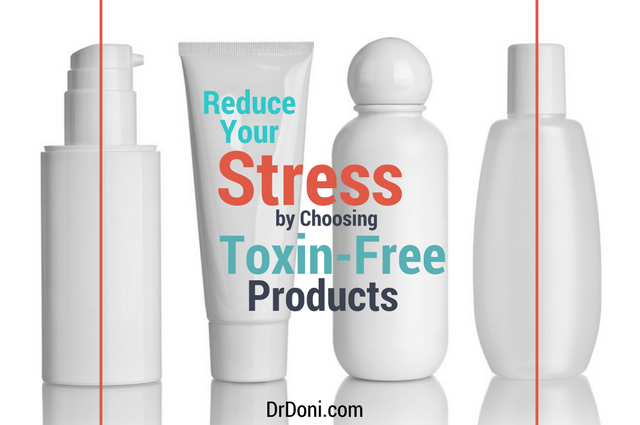
Dr. Doni explains how your skincare products could be damaging your health and suggests some great resources to find toxin-free alternatives.
 Stress comes in many forms, and today I want to talk about the stress caused by exposure to the toxins in personal care products that we apply to our bodies daily. This is such a large, but often unrecognized stress to the body, which is why decreasing exposure to those stressful chemicals is an important part of the plan I recommend in my book, The Stress Remedy.
Stress comes in many forms, and today I want to talk about the stress caused by exposure to the toxins in personal care products that we apply to our bodies daily. This is such a large, but often unrecognized stress to the body, which is why decreasing exposure to those stressful chemicals is an important part of the plan I recommend in my book, The Stress Remedy.
Although these substances are invisible and are used on the outside of our bodies, research is showing that they can wreak havoc on our insides; and not just in the next few days or weeks, but for years to come.
That’s because anything you put on your skin can be absorbed into your body – into your fat tissue and into your blood stream. Just because you put it on the outside doesn’t mean it won’t get inside and cause trouble there too!
In fact, the FDA recently issued a ban on 19 chemicals in hand and body washes, including Triclosan.1 “If a product makes antibacterial claims, chances are pretty good that it contains one of these ingredients,” reported a director at the FDA.
Companies have a year to take these ingredients out of their products or remove the products from the market. I encourage you to identify products you may currently be using that contain these ingredients and dispose of them.
Some of the common places you may be exposed to these chemical toxins and others are:
- Shampoo and conditioner
- Lotions
- Toothpaste
- Soap
- Facial cleansers and masks
- Make up
- Nail polish
- Deodorant
- Sunscreen
- Mouthwash
Pick up your products – you could even do it right now – and look at the ingredients list.
One quick way to evaluate whether a product contains toxins is to see if the ingredients have chemical-sounding names (I list the chemicals to watch out for below). On the other hand, if the ingredients are things you are familiar with – like coconut oil and lavender – or have botanical names, then you know you are likely OK to use it (unless you have an allergy to those ingredients).
Now that you have a sense of where the chemicals are lurking in your products, let’s take a look at what these toxins could be doing once absorbed into your body.
How do Beauty and Skincare Products Cause Trouble and Which are the Main Culprits?
There are a number of ways that the ingredients in our beauty and skincare products cause stress to our bodies and potentially damage our health:
Hormone Trouble
One of the first ways chemicals cause trouble is by disrupting hormone levels. These chemicals look similar to the hormones produced in our bodies and are referred to as “endocrine disruptors” because they can prevent the production or inhibit the action of the hormones that are normally made in our bodies (thyroid hormone, insulin, estrogen, progesterone, testosterone and others).
Imagine the confusion in your body if these endocrine disruptors were to bind to hormone receptors and send mis-signals, duplicating what your hormones are already doing. Infertility, PCOS (polycystic ovarian syndrome), endometriosis, diabetes, hypothyroidism and hormone-sensitive cancers (breast, ovarian and prostate) are some examples of hormone-related conditions that can be caused by chemicals.
The main culprits to avoid are: fragrances (phthalates), parabens, triclosan, oxybenzone, benzophenone-3, and octyl methoxycinnamate. 2,3,4
Cancer Risk
I know it can be hard to believe that products that are available for purchase, and that are possibly in your bathroom right now, may contain ingredients that have been found to cause cancer but sadly, this is the case.
Formaldehyde, for example, is a key ingredient in nail polish and is known to increase the risk of cancer. Even though nail polish is on your nails and not your skin, the chemicals are still absorbed into your body – which is why people who work with it all the time are encouraged to use protective clothing, gloves and goggles.5
Be sure to watch out for the following carcinogens in your products: dioxin, benzene, sodium benzoate, TEA, MEA, DEA, sodium myreth sulfate, PEG (also listed as propylene glycol or polyethylene glycol), oxynol, ceteareth, oleth, and laureth. Beware that when the term “fragrances” is listed, the product could contain benzene, parabens, toluene and other cancer-causing chemicals.6
Another cancer-causing chemical is Triclosan, which is found in soaps and antibacterial hand sanitizers, and was included on the recent list of chemicals banned by the FDA. Triclosan can react with chlorine in tap water to form cancer-causing chloroform. Triclocarban is another related chemical banned by the FDA. Find a full list of the banned chemicals here.7,8
Oxidative Stress
I wrote a bunch of articles all about oxidative stress because it is an extremely important topic when it comes to your health – you can find the series here. Basically, when oxidative stress goes up, your health goes down so doing what you can to minimize oxidative stress can really help keep your health optimal.
The brain is particularly susceptible to oxidation and it can lead to memory loss and dementia if you experience high levels of oxidative stress over long periods of time. Chemicals increase oxidative stress throughout your body even when you use them on your skin so the fewer you are exposed to the better it is for your overall health.
All of the chemicals I have listed so far increase oxidative stress in your body, including fragrances, parabens, dioxin, and ammonia compounds (TEA, MEA, DEA).
Damage to Your Liver, Kidneys and Brain
Substances that cannot be metabolized by our bodies end up accumulating, especially in our liver, kidneys, and brain where they cause damage and decrease function. In the short-term, the build-up of these substances could cause you to experience symptoms such as:
- Skin rashes
- Fatigue
- Headaches
- Dizziness
- Weight gain
Some of the main culprits you should be looking out for are: TEA, DEA, dimethicone, and propylene glycol (PEG). Ammonia in hair color is another common source of toxic exposure which is why I started going to a certified organic hair salon and I encourage you to do the same.
A Patient Story
A woman, the owner of a beauty salon, came to see me a couple months ago because she was experiencing muscle weakness, weight loss, decreased memory, headaches, and changes to her vision. When I asked her what happened near the time her symptoms began, she recalled that the day prior to the onset of the symptoms she had completed a keratin hair-straightening treatment for one of her clients that was three times the usual exposure. The very next day she woke up and could hardly move. Once she started to think about it, she realized she had been noticing various symptoms over the previous two years, but it was after the triple-dose keratin treatment that she became so debilitated she had to take several weeks off work and had since only returned to work for a very few hours a week. We ran a toxicity panel on her – a urine test that costs a couple hundred dollars – and found that, after more than 30 years working in beauty salons, she has elevated levels of over 8 known toxins, all of which are ingredients in products used in the salon. Even the nail polish she has been using for decades was adding to her toxin load. She could hardly believe it and yet there was no other explanation for her symptoms – the neurologist and other specialists had no explanation for how she was feeling. Now, months later and after a major decrease in her toxin exposure, this patient is feeling better every day. And she is in the process of turning her salon into an organic, toxin-free experience for her and for her clients.
How to Find Safe Products
While you might not be able to throw out all your toxin-filled products at once and start fresh, you could perhaps take this chance to research new products to gradually replace what you currently use. These are my favorite resources for toxin-free, stress-free products:
- Skin Deep at the Environmental Working Group is a very useful online resource that allows you to search for cosmetic products and tells you whether they are of low, medium or high toxic hazard.
- A company called Made Safe has created a certification process for products that are toxin-free, go to their website to see a list of their certified products.
- CincoVidas is an informational website developed by my patient, Britta Aragon, who created a line of toxin-free skincare products called CVskinlabs. I’m very proud of Britta who was inspired to create these products after being treated for cancer.
- My friend and colleague, Dr. Trevor Cates is TheSpaDr. She has designed a skincare line that is completely free of toxins.
- CrueltyFreeKitty is a website recommended by my daughter, Ella, where you can search for products to find out if they do animal testing. I find that companies that don’t test on animals also tend to stay away from using chemicals.
Be sure to also check the resources section of my book, The Stress Remedy, for lots of ideas of how to reduce your exposure to toxic chemicals
Decreasing your exposure to stresses, including stress in the form of toxins, is part of my Stress Remedy 7 and 21 day programs. These programs also help you avoid stress in foods such as sugar, dairy and gluten – and make sure you get plenty of stress-recovery in the form of sleep and exercise. If you are looking for a good way to help get yourself into a routine of taking care of you, these programs might be the perfect match.
To learn more about how I work with patients to help them uncover the underlying cause of their health issues and make diet and lifestyle changes to improve their health – in-person and by phone/video call – click here. Or find a naturopathic doctor near you by going to Naturopathic.org.
–Dr Doni
7th September 2016
References
- FDA ruling document, Sept 6, 2016.
- Geer LA, et al., Association of birth outcomes with fetal exposure to parabens, triclosan and triclocarban in an immigrant population in Brooklyn, New York. Gen Comp Endocrinol. 2016 May 25. pii: S0016-6480(16)30154-X.
- Wolff MS, et al. Environmental phenols and pubertal development in girls. Environ Int. 2015 Nov; 84:174-80.
- Tahan GP, Santos Nde K, Albuquerque AC, Martins I. Determination of parabens in serum by liquid chromatography-tandem mass spectrometry: Correlation with lipstick use. Regul Toxicol Pharmacol. 2016 Aug; 79:42-8.
- Peteffi GP, et al. Environmental and biological monitoring of occupational formaldehyde exposure resulting from the use of products for hair straightening. Environ Sci Pollut Res Int. 2016 Jan;23(1):908-17.
- Yueh MF, et al. The commonly used antimicrobial additive triclosan is a liver tumor promoter. Proc Natl Acad Sci U S A. 2014 Dec 2; 111(48): 17200–17205.
- Zhou W, et al. Environmental exposure to triclosan and semen quality. Int J Environ Res Public Health. 2016 Feb 17;13(2):224.
- Stiel L, Adkins-Jackson PB, Clark P, Mitchell E, Montgomery S. A review of hair product use on breast cancer risk in African American women. Cancer Med. 2016 Mar;5(3):597-604.
Share this Post:
Dr. Doni Wilson's Team
14 Day Detox Program
Take the Stress Type Quiz
Dr. Doni Social Media
Popular Posts

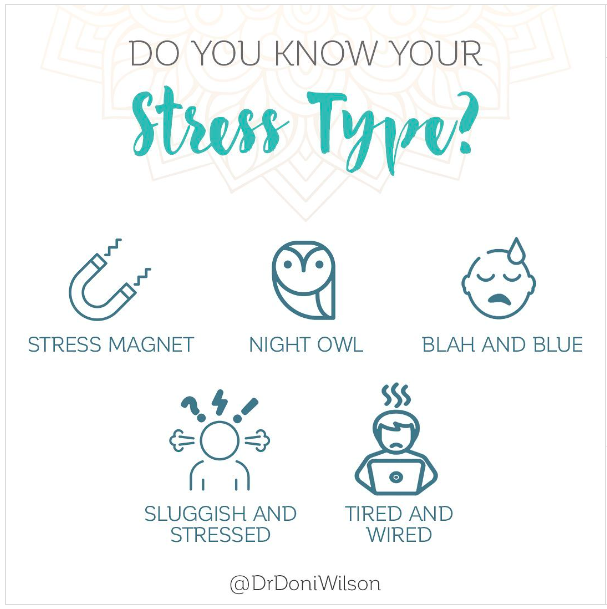
The 5 Burnout Types

Healing HPV Holistically: Dr. Doni on the Inspire Health by Jen Podcast
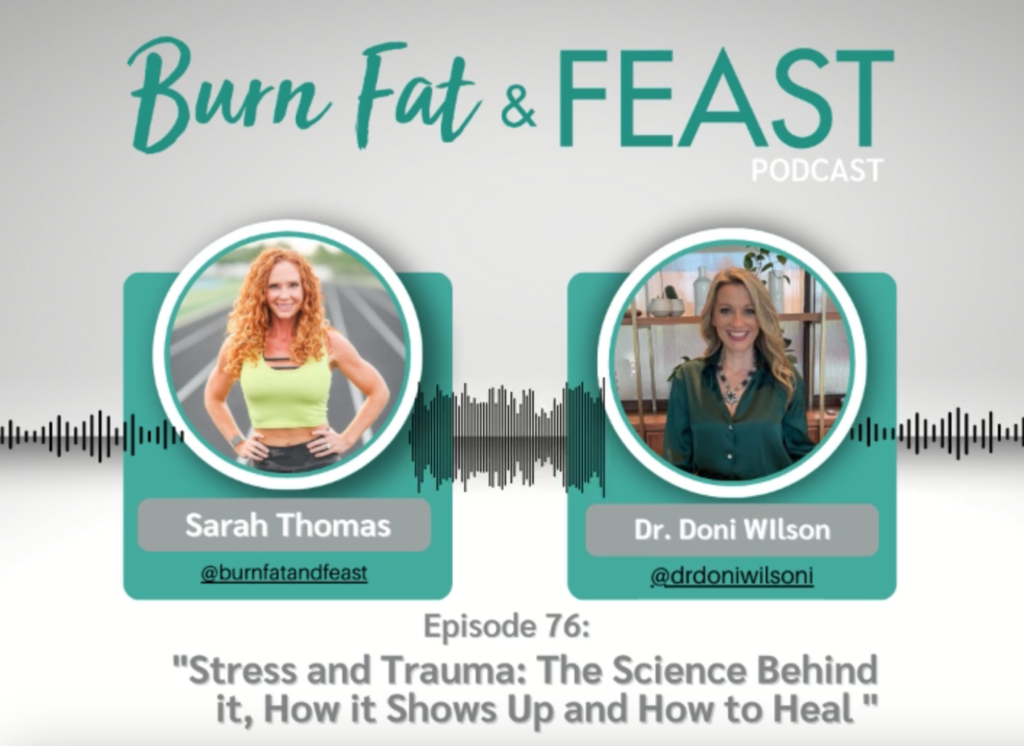
Recent Podcasts
Signup to receive our weekly newsletter with all the latest news, podcasts and special offers
New Book - Order Today!
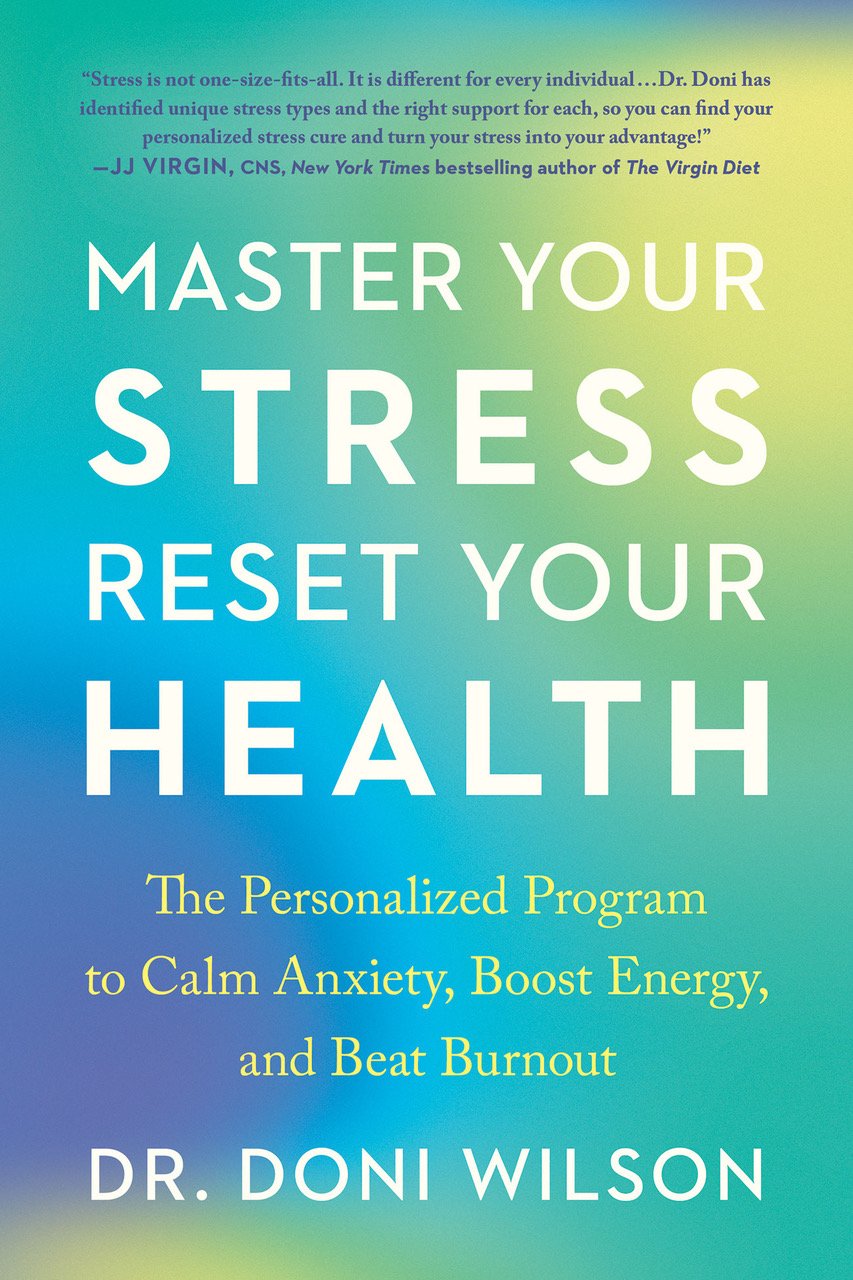
SIMPLE PRACTICES for SHIFTING FROM YOUR STATE of STRESS to YOUR FLOW and FREEDOM
MASTER YOUR STRESS
RESET YOUR HEALTH
Order Now! Related Posts

What is making you susceptible to HPV?
I have been working with women who had abnormal cells on their cervix and/or vaginally, caused by HPV for over 20 years now. And while

The 5 Burnout Types
Did you know there are 5 burnout types? They are based on your Stress Type®, which is how your adrenal function has been affected by
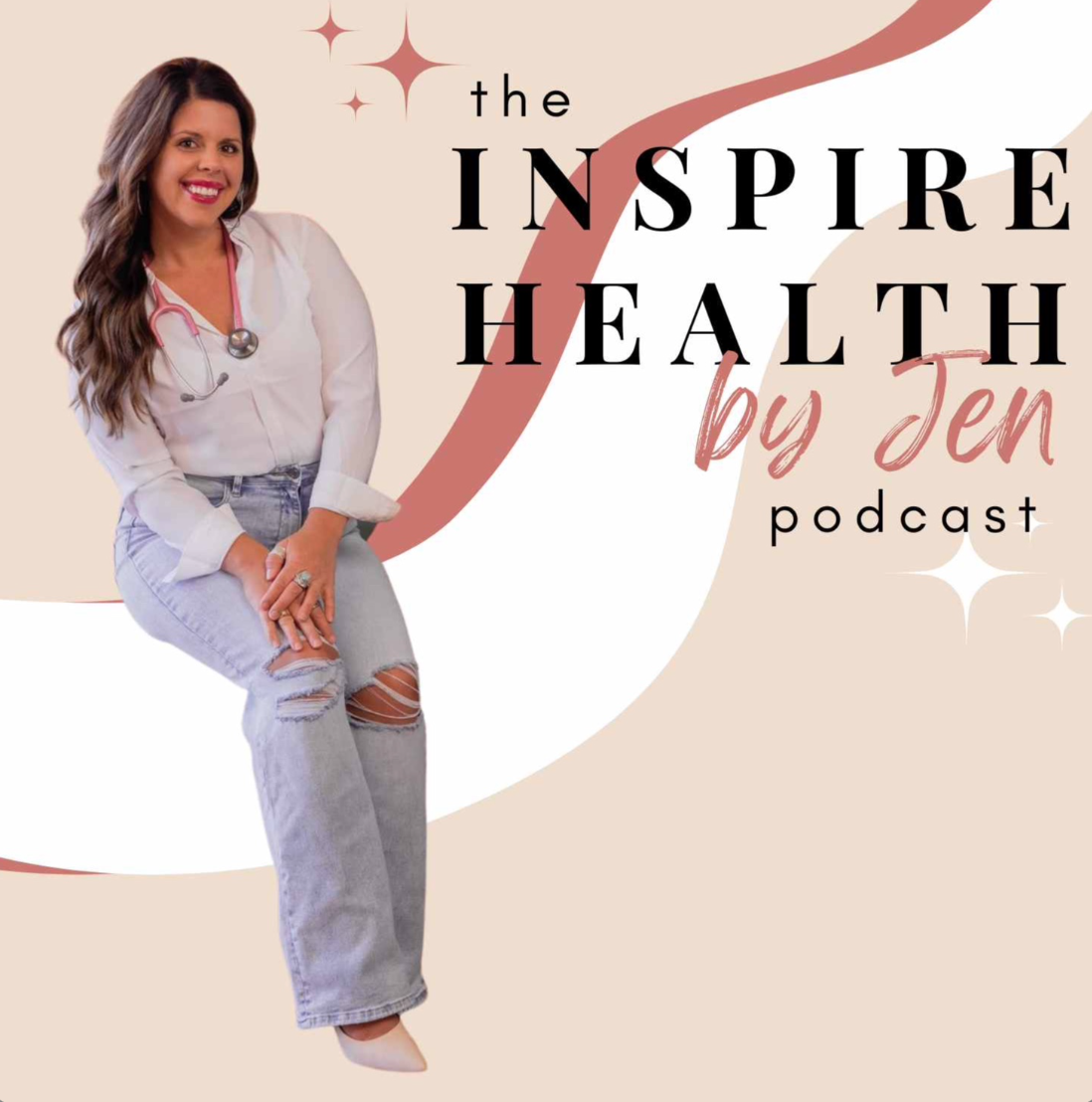
Healing HPV Holistically: Dr. Doni on the Inspire Health by Jen Podcast
Dr. Doni was interviewed by Jen Ciszewski on the Inspire Health by Jen Podcast, talking about how to heal away HPV from your body for good.

Stress and Trauma: The Science Behind It, How It Shows Up and How to Heal: Dr. Doni on The Burn Fat and FEAST Podcast
Dr. Doni was interviewed by Sarah B. Thomas on the Burn Fat and FEAST Podcast, talking about the impact of stress and trauma on our health and what to do to recover from them.

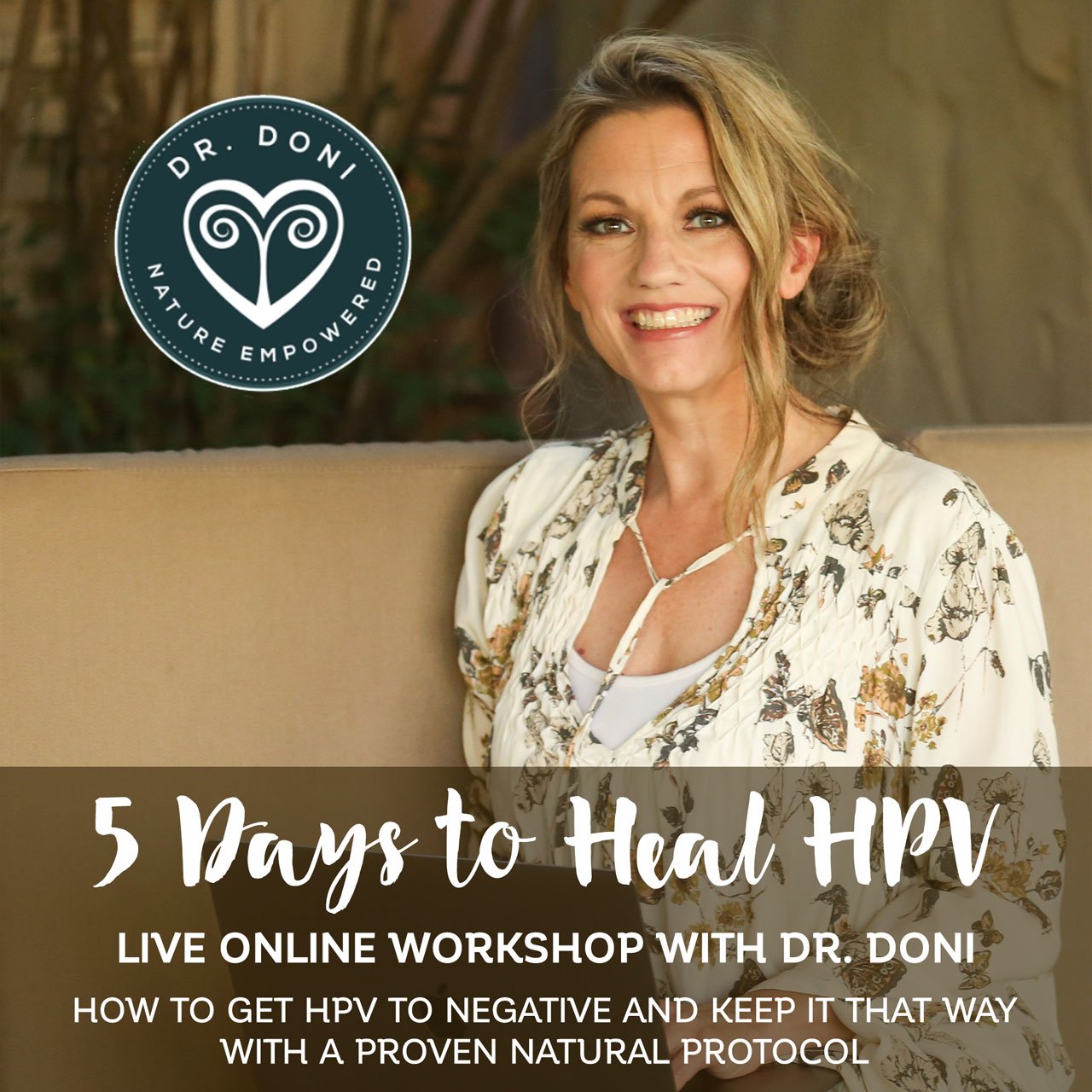
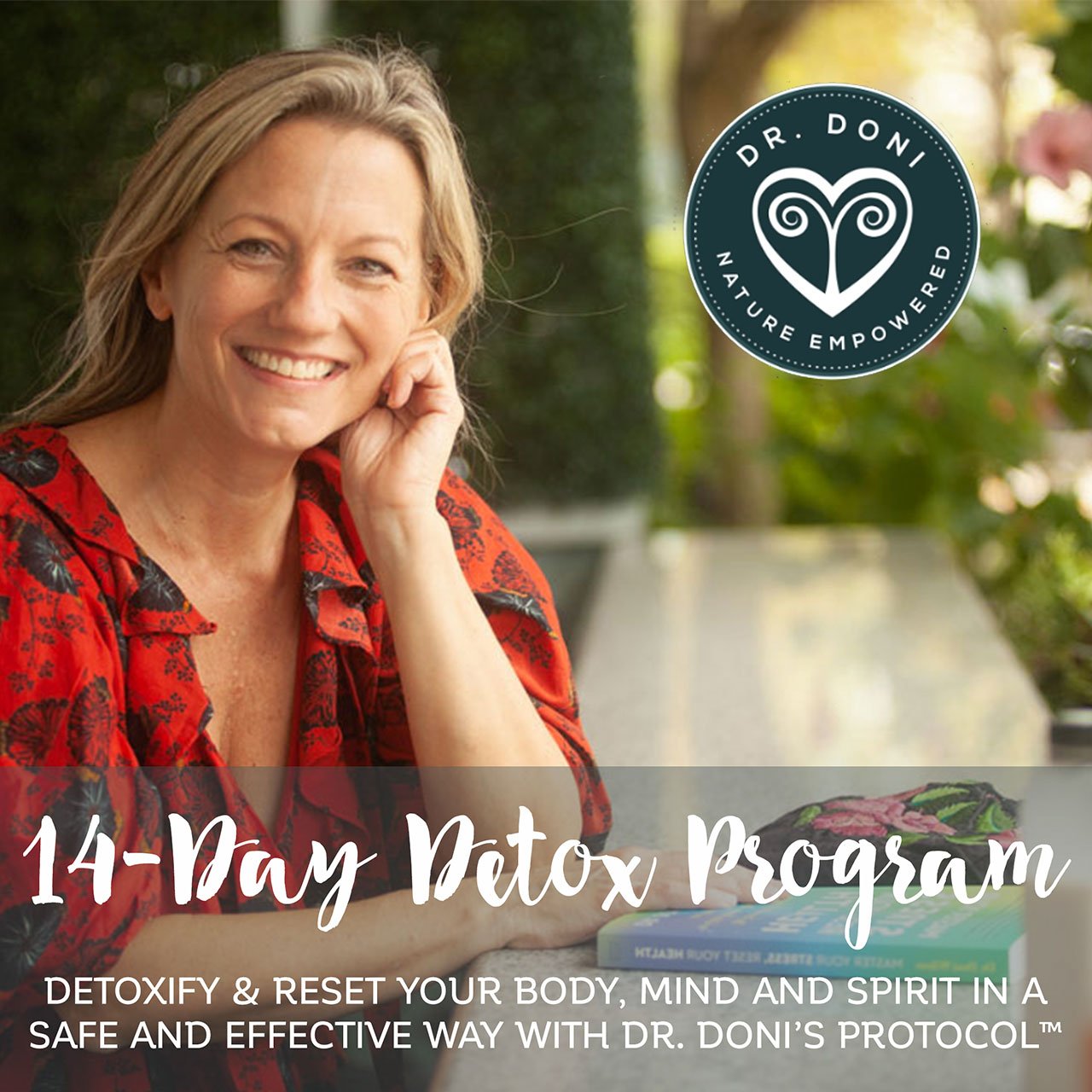
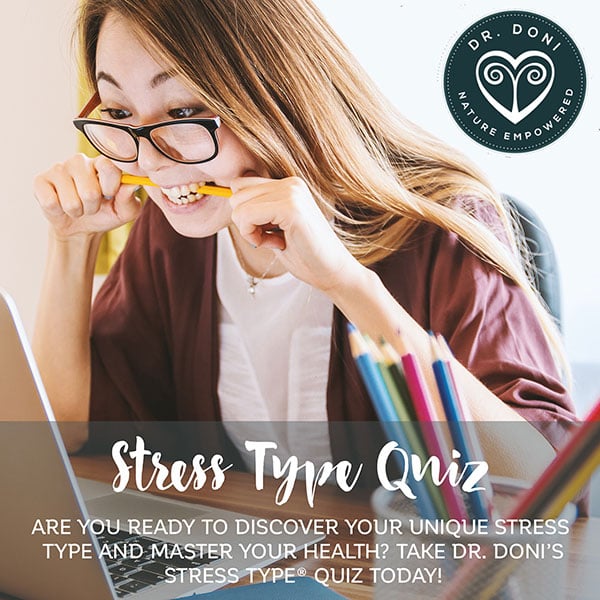


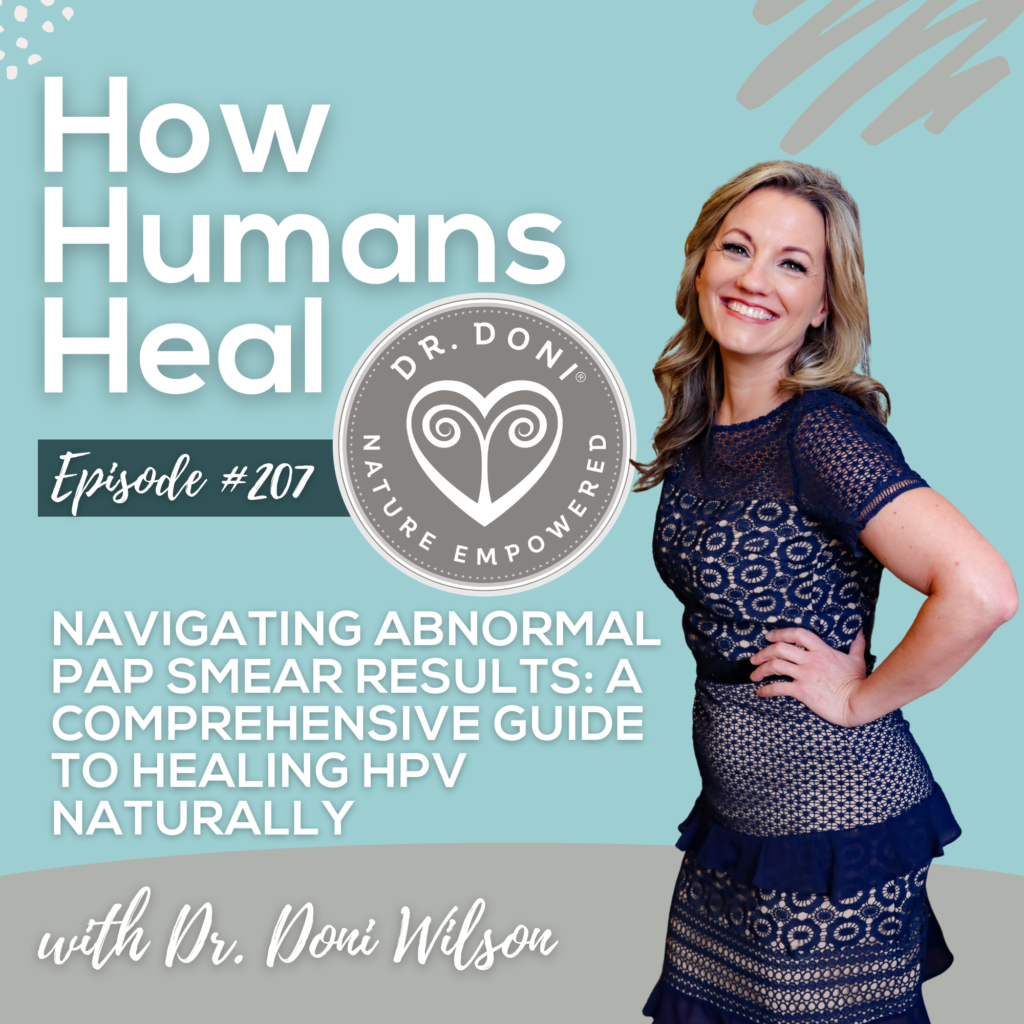
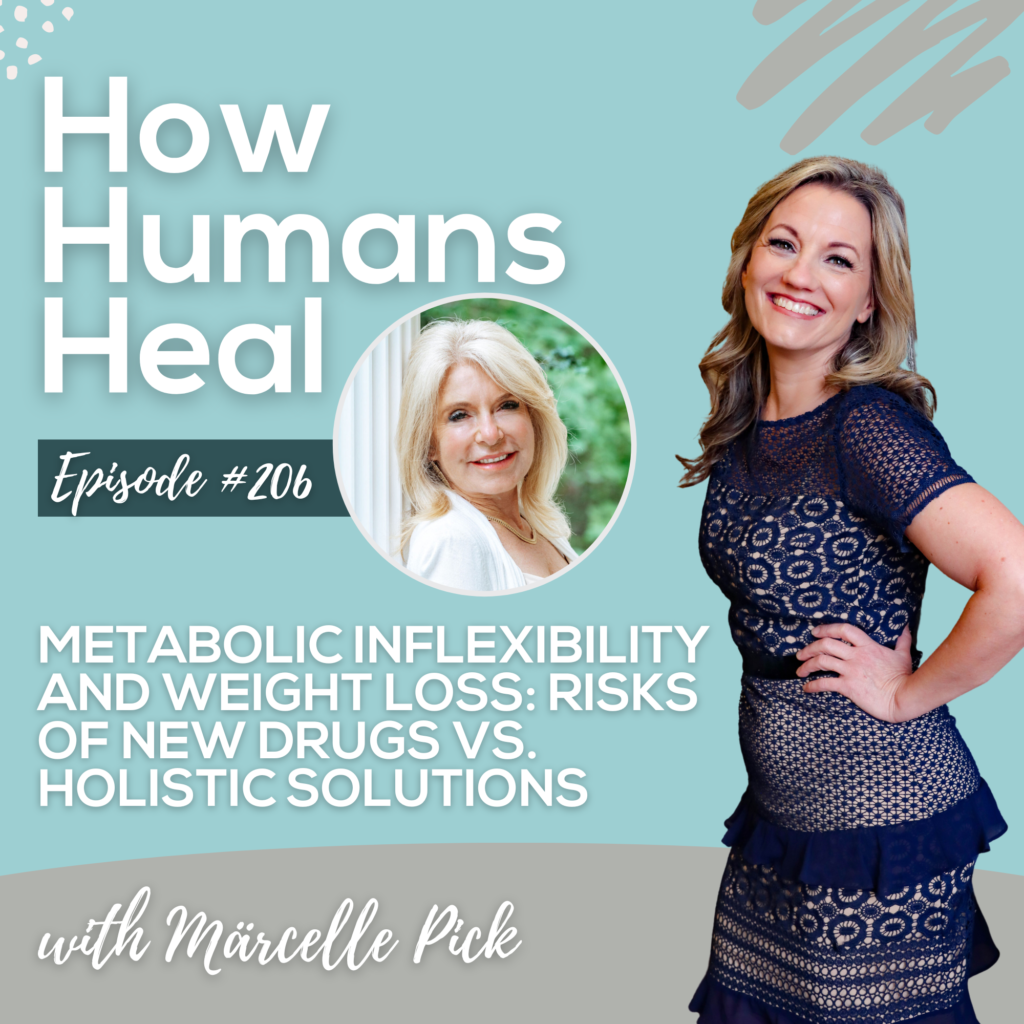







2 Comments
Great article on stress relief, this is one of the greatest issues plaguing the modern society. With advancements in science and technology and social media the level of stress should have been decreasing but unfortunately the adverse effects are overtaking the benefits of these advancements
Thanks so much for your comment. I’m glad you enjoyed reading the article. I completely agree with you – if we can increase awareness about stress, I hope that we can create a shift in this trend. Good to connect with you!